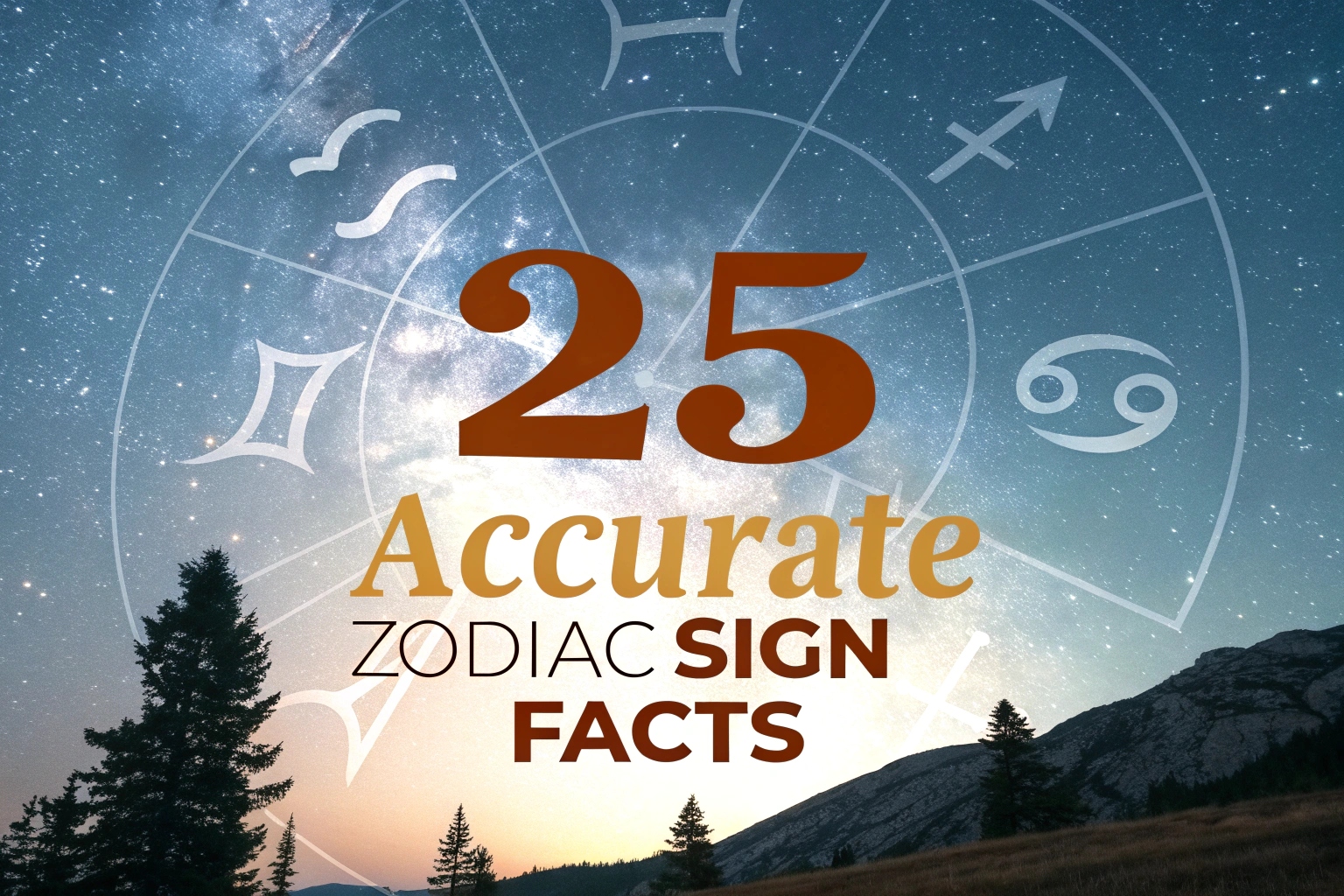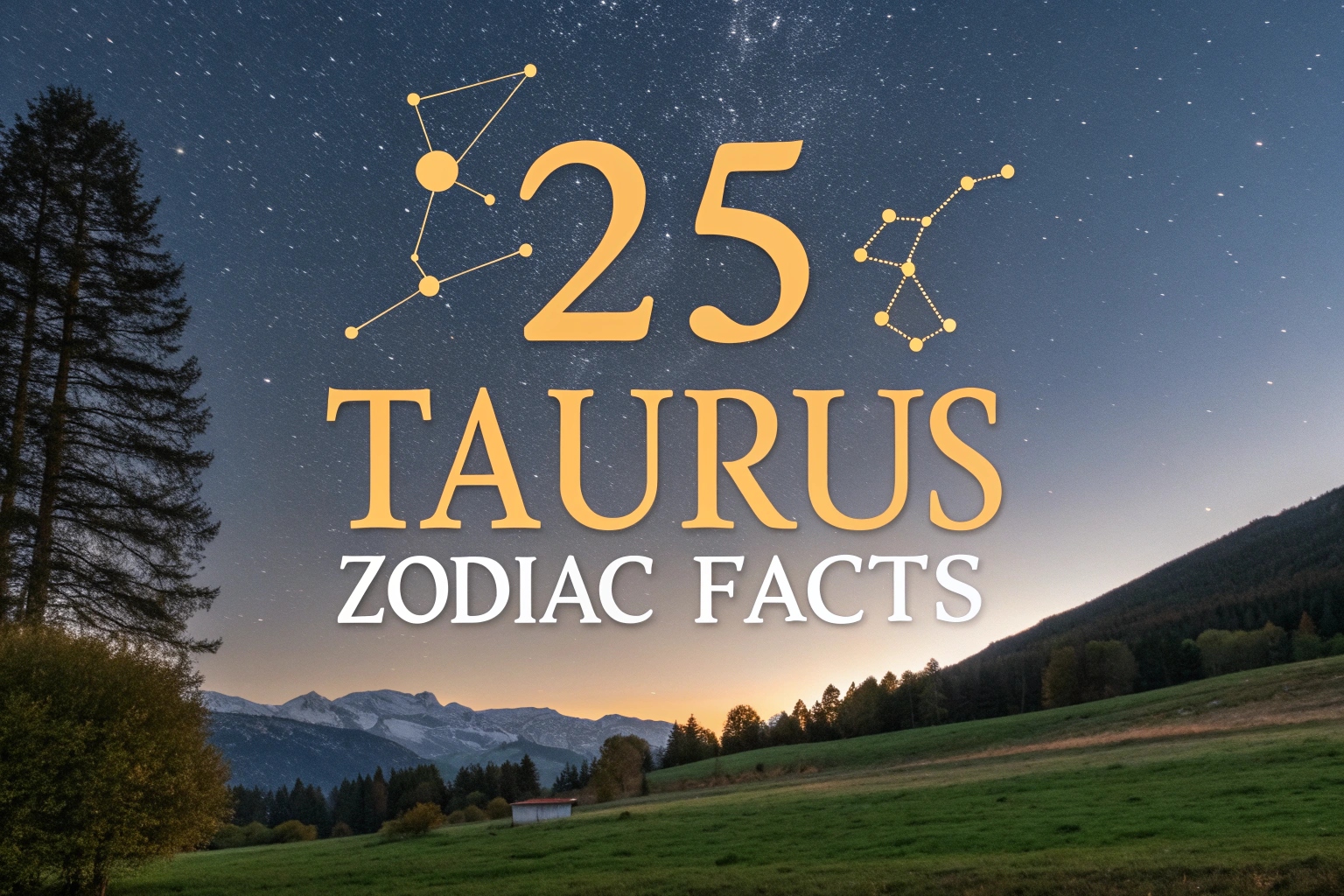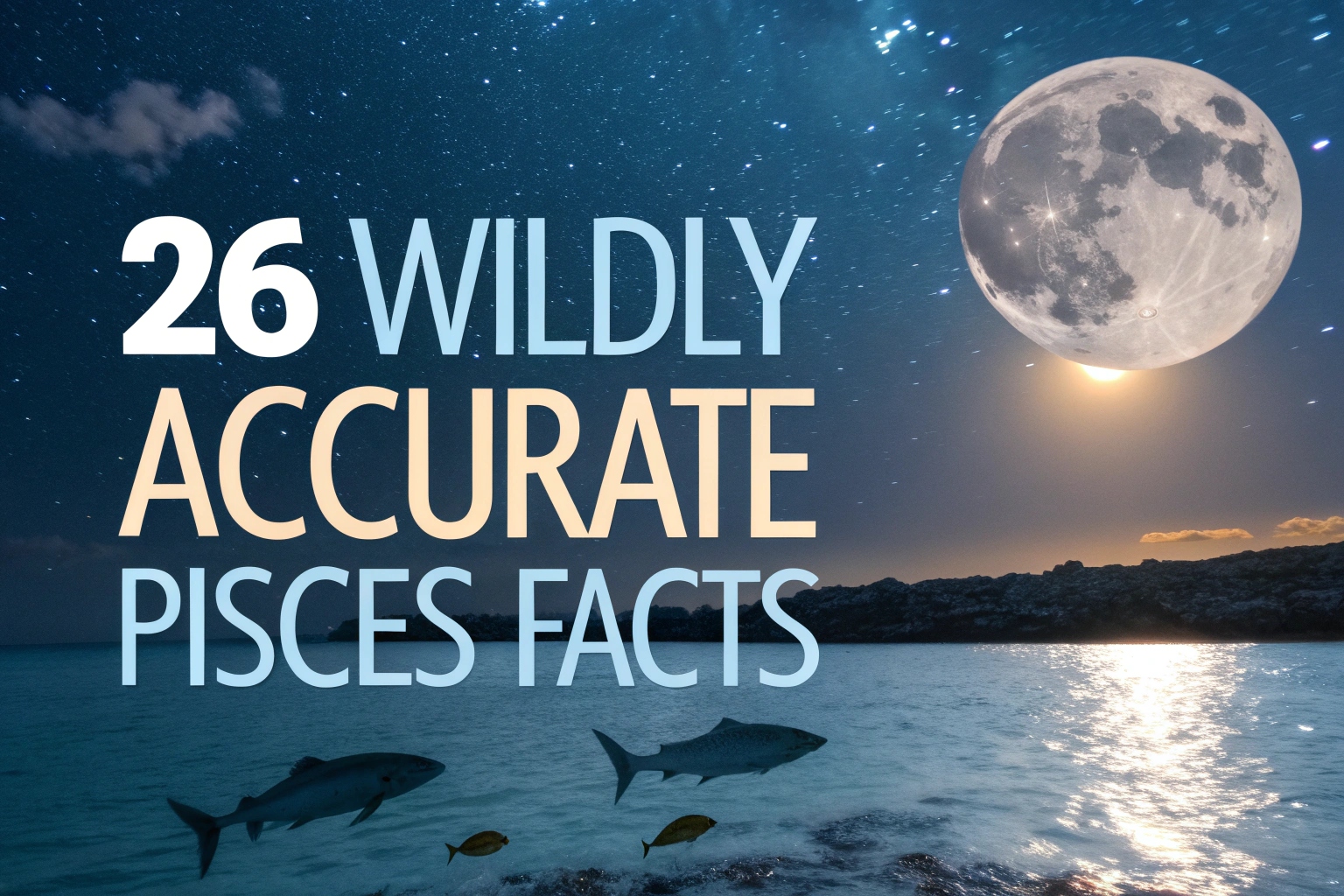Flowers are nature’s way of adding color, fragrance, and beauty to the world. From ancient symbols of love and peace to powerful pollinators in ecosystems, flowers have captivated humans for centuries.
They’ve inspired art, poetry, and even science, each bloom telling its own unique story. Whether you’re a gardener, a romantic, or just someone who enjoys a fresh bouquet, there’s always something new to learn about these botanical wonders.
These 26 facts about flowers will take you on a vibrant journey through petals, pollen, and plenty of surprises. Stop and smell the facts—you might be amazed!
1. Flowers: Nature’s Masterpieces of Reproduction
Flowers are not just pretty decorations; they are the ingenious reproductive structures of flowering plants, also known as angiosperms.
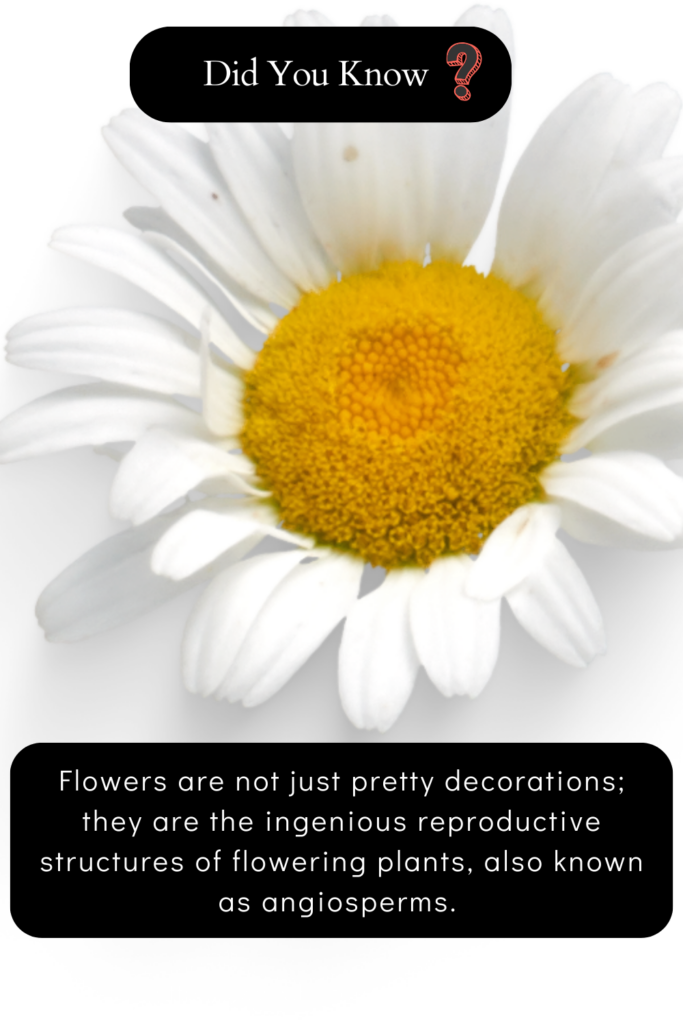
Their primary mission is to ensure the continuation of their species. The vibrant colors, alluring scents, and intricate shapes are all strategic adaptations to attract pollinators like bees, butterflies, birds, and even bats.
This intricate dance between flowers and pollinators is a cornerstone of plant reproduction, facilitating the transfer of pollen and ultimately leading to the creation of seeds and new life.
2. The Silent Language of Blooms: Colors Speak Volumes
Beyond their visual appeal, flower colors carry a rich tapestry of symbolic meanings across cultures and time periods. This silent language allows us to express emotions and sentiments without uttering a single word.
For instance, the passionate red rose universally symbolizes love, while the pure white lily often represents sympathy or innocence.
Cheerful yellow flowers convey friendship and joy, and regal purple hues can signify admiration or respect. Understanding this floral color code adds a deeper dimension to gifting and appreciating flowers.
3. Pollinator Paradise: Flowers as Essential Food Sources
Flowers are not only beautiful to us; they are vital food sources for a vast array of creatures. Nectar, a sugary liquid produced by flowers, is a primary energy source for many pollinators like bees, butterflies, hummingbirds, and even some bats and insects.
Pollen, the powdery substance essential for plant fertilization, is also a protein-rich food source for bees and other insects.
This crucial relationship makes flowers cornerstones of ecosystems, supporting biodiversity and food chains.
4. Edible Blossoms: Flowers on Your Plate
Believe it or not, many flowers are not only safe to eat but also offer unique flavors and nutritional benefits. For centuries, various cultures have incorporated edible flowers into their cuisine.
Think of the vibrant saffron threads derived from crocus flowers, or the refreshing citrusy zest of hibiscus blossoms in teas.
Nasturtiums bring a peppery kick to salads, while pansies add a delicate sweetness to desserts. Exploring edible flowers opens up a world of culinary possibilities and adds a touch of floral elegance to your meals.
5. Fragrant Elixir: Flowers in Perfume Creation
The captivating scents of flowers have been treasured for millennia, forming the heart of the perfume industry. From the romantic aroma of roses to the calming scent of lavender and the exotic fragrance of jasmine, flowers provide a diverse palette of natural perfumes.
Perfumers carefully extract essential oils from flower petals through various methods like distillation and solvent extraction to capture their fragrant essence.
These floral extracts are then blended to create complex and alluring perfumes that evoke emotions and memories.
6. Floral Symbolism: Emotions Encoded in Petals
Throughout history and across cultures, flowers have become powerful symbols representing a wide range of emotions, beliefs, and ideas. Giving flowers is often a thoughtful way to communicate feelings where words might fall short. Beyond color, different types of flowers also carry symbolic weight.
For example, sunflowers often symbolize adoration and longevity, while daisies represent innocence and new beginnings. Understanding floral symbolism allows for a more nuanced and meaningful way to express yourself through flowers.
7. Nature’s Pharmacy: Flowers with Medicinal Properties
Beyond their beauty, many flowers possess remarkable medicinal properties that have been utilized in traditional medicine systems for centuries.
From the soothing chamomile flowers used in teas to promote relaxation to the potent calendula flowers known for their skin-healing abilities, flowers offer a wealth of natural remedies.
Lavender is prized for its calming and antiseptic properties, while echinacea flowers are used to boost the immune system. Research continues to uncover the potential of flowers in modern medicine.
8. Floral Diversity: A Kaleidoscope of Shapes and Sizes
The world of flowers showcases an astounding diversity in shapes and sizes, reflecting the incredible adaptability of flowering plants.
From the towering sunflowers that can reach heights of over 12 feet to the minuscule watermeal flowers, some of the smallest flowering plants on Earth, the floral kingdom is a testament to nature’s creativity.
Flower shapes are just as varied, ranging from simple, open blossoms to intricate, complex structures, each tailored to attract specific pollinators and thrive in their unique environments.
9. Seasonal Spectacles: Flowers Blooming Through the Year
Flowers mark the passage of time with their seasonal blooms, painting the landscape with vibrant colors throughout the year.
Spring heralds the arrival of tulips, daffodils, and cherry blossoms, while summer brings roses, sunflowers, and lilies.
Autumn showcases chrysanthemums and dahlias, and even winter has its floral gems like snowdrops and hellebores. This cyclical blooming pattern ensures that pollinators have food sources throughout the growing seasons and adds a dynamic beauty to our surroundings.
10. Aromatic Wonders: The Science of Flower Scents
The captivating fragrances of flowers are not just pleasant to our noses; they are complex chemical signals designed to attract pollinators. Flowers produce a diverse array of volatile organic compounds that create their unique scents.
These scents can range from sweet and fruity to spicy and musky, each tailored to appeal to specific pollinators. Scientists are still unraveling the intricate chemistry of floral scents and their role in plant communication and ecological interactions.
11. Carnivorous Blooms: Flowers That Trap Insects
While most flowers rely on insects for pollination, some have evolved a more sinister strategy: carnivory. Carnivorous flowers, like pitcher plants and sundews, trap and digest insects to supplement their nutrient intake, particularly in nutrient-poor environments.
Their modified leaves or petals form traps that lure insects with nectar or attractive scents. Once trapped, the insects are digested, providing the plant with essential nutrients like nitrogen and phosphorus.
12. Ephemeral Beauty: The Lifespan of a Flower
The lifespan of a flower can vary dramatically, from just a few hours to several months, depending on the species and environmental conditions. Some flowers, like daylilies, bloom for only a single day, while others, like orchids, can last for weeks or even months.
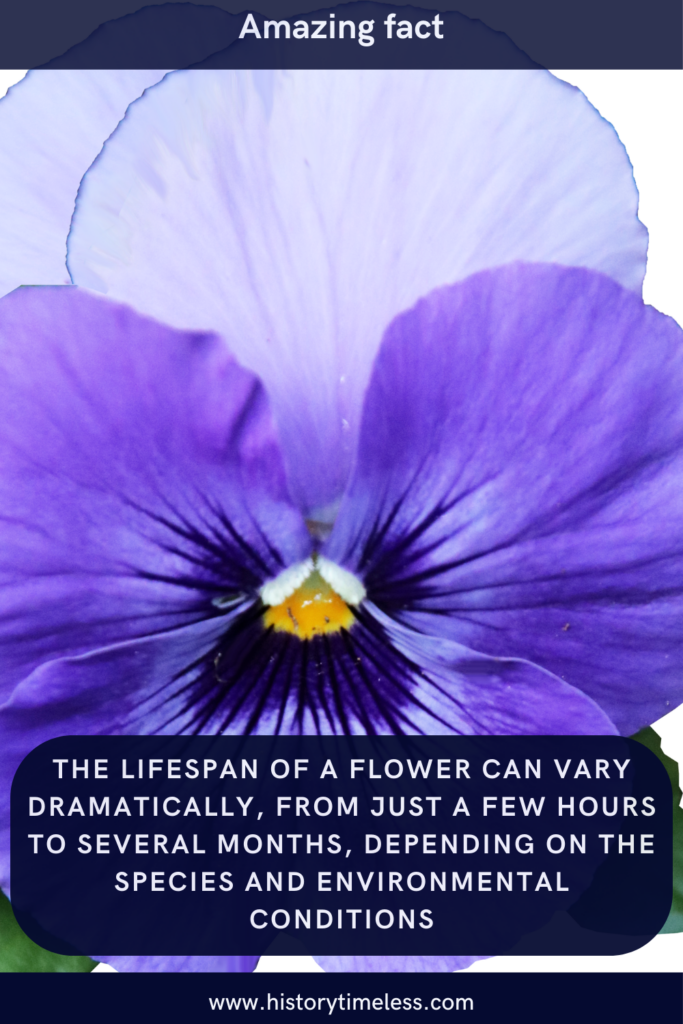
This ephemeral nature of many flowers adds to their preciousness and encourages us to appreciate their beauty in the present moment. The short lifespan of some blooms also highlights the urgency of reproduction for these plants.
13. Natural Dyes: Flowers as Color Providers
Long before synthetic dyes, flowers served as a valuable source of natural pigments for coloring textiles, paints, and even food. Various flowers, like marigolds, sunflowers, and dahlias, contain pigments that can be extracted to create a range of colors from yellows and oranges to reds and purples.
Using flower dyes was a traditional practice in many cultures, and the resurgence of interest in natural and sustainable materials is bringing renewed attention to floral dyes.
14. Ecological Pillars: Flowers and Ecosystem Health
Flowers play a fundamental role in maintaining healthy ecosystems. As primary producers, they convert sunlight into energy through photosynthesis, forming the base of many food webs.
They provide food and habitat for pollinators, insects, birds, and other animals. Flowers also contribute to soil health and water cycles.
Their presence is an indicator of a thriving ecosystem, and their decline can have cascading effects on biodiversity and ecological balance.
15. Artistic Inspiration: Flowers in Art and Literature
Flowers have been a timeless source of inspiration for artists and writers throughout history. From ancient Egyptian tomb paintings to Renaissance masterpieces and modern floral photography, flowers have been depicted in countless art forms.
Their beauty, symbolism, and delicate forms have captivated artists and poets, serving as metaphors for love, beauty, fragility, and the cycle of life. Flowers continue to inspire creativity and artistic expression across cultures.
16. Ritual and Ceremony: Flowers in Cultural Practices
Across diverse cultures, flowers hold significant roles in rituals, ceremonies, and celebrations. From wedding bouquets and funeral wreaths to religious offerings and festive decorations, flowers are used to mark important life events and express cultural values.
They are often associated with purity, renewal, remembrance, and joy. The specific types of flowers used and their arrangements often carry cultural and symbolic meanings within these practices.
17. Adaptive Wonders: Flowers Tailored to Their Environments
Flowers exhibit remarkable adaptations to thrive in diverse environments, from scorching deserts to icy tundras. Desert flowers often have vibrant colors to attract pollinators quickly in harsh conditions and may have water-storing structures.
Alpine flowers are often low-growing and compact to withstand strong winds and cold temperatures. Aquatic flowers have adaptations for floating or submerged life. These adaptations showcase the incredible resilience and adaptability of flowers.
18. Ancient Blooms: Tracing the Evolutionary History of Flowers
The evolutionary history of flowers is a fascinating journey back in time. Fossil evidence suggests that flowering plants emerged relatively recently in Earth’s history, during the Cretaceous period, around 140 million years ago.
The oldest known flower fossils provide clues to the early forms of flowers and their rapid diversification. Scientists continue to study fossil flowers and use molecular data to unravel the complex evolutionary history of these iconic plants.
19. Floral Extremes: The Largest and Smallest Flowers
The floral world boasts some remarkable extremes in size. The Rafflesia arnoldii, found in Southeast Asia, holds the title of the world’s largest individual flower, reaching up to 3 feet in diameter.
In contrast, the tiny flowers of the watermeal plant, Wolffia globosa, are barely visible to the naked eye, measuring less than a millimeter across.
These size extremes highlight the incredible range of forms and adaptations within the flowering plant kingdom.
20. National Emblems: Flowers as Symbols of Nations
Many countries have designated national flowers, chosen to represent their cultural heritage, natural beauty, or symbolic values.
The rose is the national flower of England and the United States, the lotus is the national flower of India, and the cherry blossom is a significant national symbol in Japan.
These national flowers often appear in art, currency, and national celebrations, serving as potent emblems of national identity and pride.
21. Mythical Blooms: Flowers in Folklore and Mythology
Flowers are often interwoven into folklore, myths, and legends across cultures. Greek mythology features stories of flowers transforming from mythical figures, like the narcissus flower named after the self-obsessed Narcissus.
Many cultures have flower myths explaining their origins, colors, or medicinal properties. These stories reflect the deep connection between humans and flowers and their symbolic significance in cultural narratives.
22. Color-Changing Magic: Flowers That Shift Hues
Some flowers possess the fascinating ability to change color over their lifespan. This color change is often due to shifts in pH levels within the flower petals as they age.
For example, hydrangeas can change color depending on the acidity or alkalinity of the soil. Lungwort flowers start pink and turn blue as they mature. This color-changing phenomenon adds an element of surprise and dynamism to the floral display.
23. Aromatherapy Allies: Flowers for Well-being
The fragrant essential oils extracted from flowers are central to aromatherapy, a practice that utilizes scents to promote physical and emotional well-being.
Lavender oil is renowned for its calming and sleep-promoting properties, while rose oil is associated with mood elevation and stress reduction.
Jasmine and chamomile are also popular aromatherapy oils derived from flowers. The scents of flowers can have a powerful impact on our senses and overall well-being.
24. Honey’s Secret Ingredient: Flowers and Bee-Made Sweetness
Flowers are the foundation of honey production. Bees collect nectar from flowers, transform it into honey, and store it as food for their colonies.
The type of flowers bees visit influences the flavor and color of honey, resulting in a diverse range of honey varieties, from clover honey to wildflower honey.
The relationship between flowers and bees is not only essential for pollination but also for the production of this natural sweetener that humans have enjoyed for millennia.
25. Seed Dispersal Strategies: Flowers and the Spread of Life
After pollination and fertilization, flowers play a crucial role in seed dispersal, ensuring the spread of plant species. Flowers develop into fruits containing seeds, and these fruits employ various strategies for dispersal.
Some fruits are fleshy and attractive to animals, who eat them and disperse the seeds in their droppings. Others have wind-dispersed seeds with parachute-like structures, while some rely on water or even explosive mechanisms for seed dispersal.
26. Evolutionary Marvels: Flowers and the Rise of Angiosperms
The evolution of flowers marked a significant turning point in plant evolution, leading to the diversification and dominance of angiosperms, or flowering plants, across the globe.
Flowers represented a more efficient and targeted method of reproduction compared to earlier plant groups.
Their co-evolution with pollinators led to a burst of biodiversity and shaped the landscapes we see today. Flowers are truly evolutionary marvels that have transformed the plant kingdom and our world.
Browse more spellbinding facts:
26 Facts About Food That’ll Change the Way You Snack Forever!
26 Facts About Food That’ll Change the Way You Snack Forever!
20+ Insane Facts About Animals That Defy Belief!
15+ Interesting World Facts: Say ‘Wow’ to These Discoveries!

